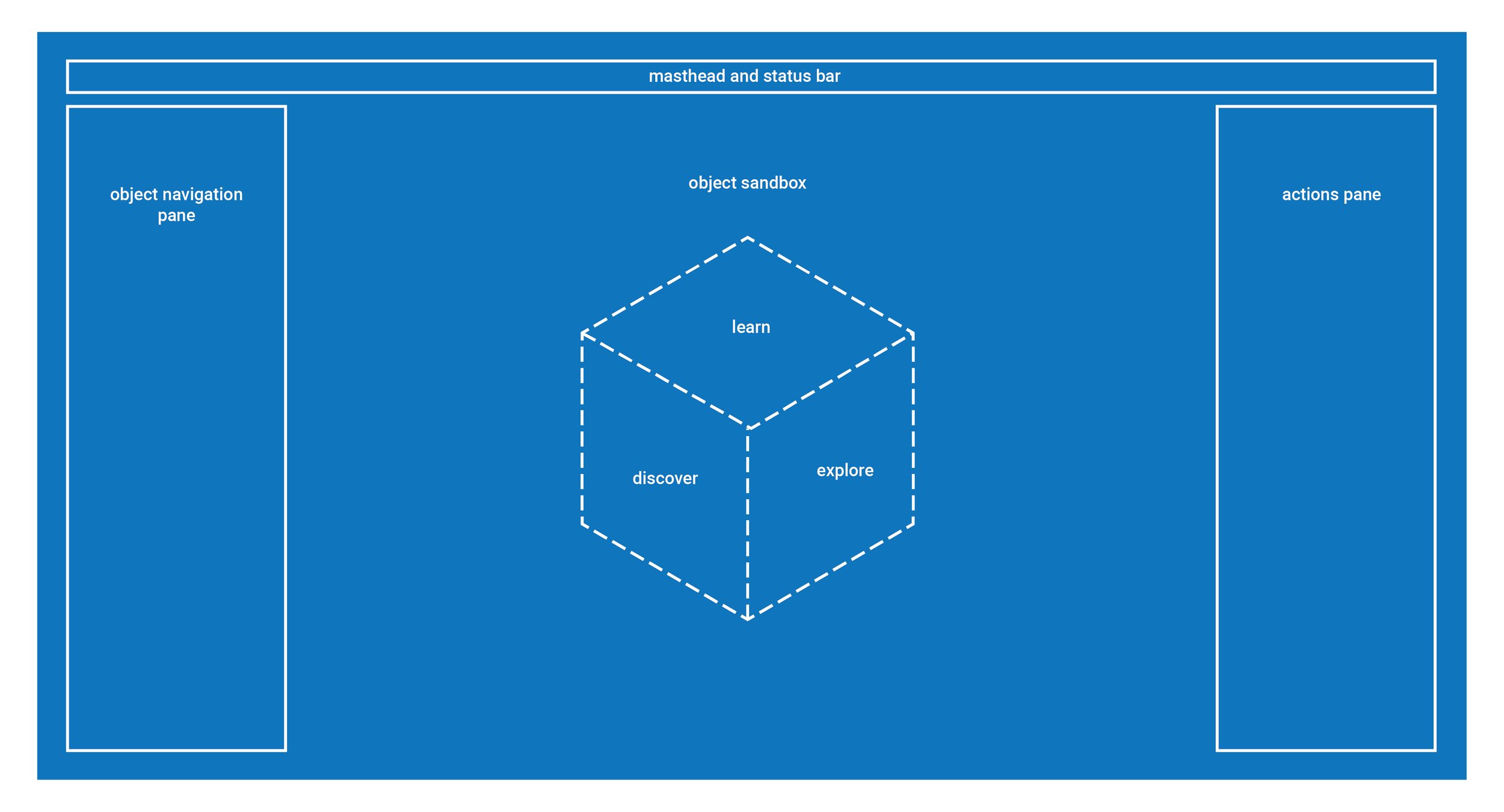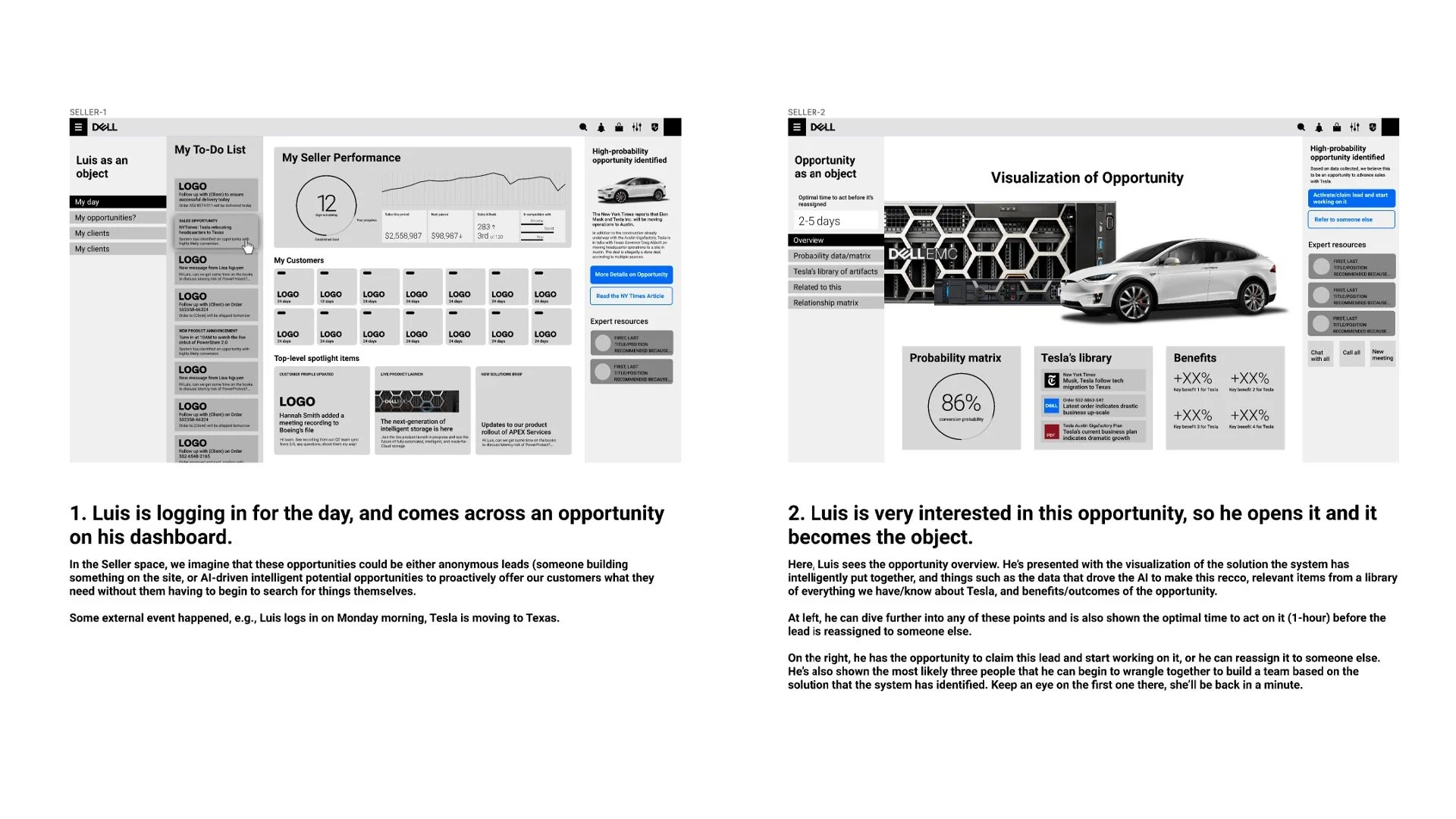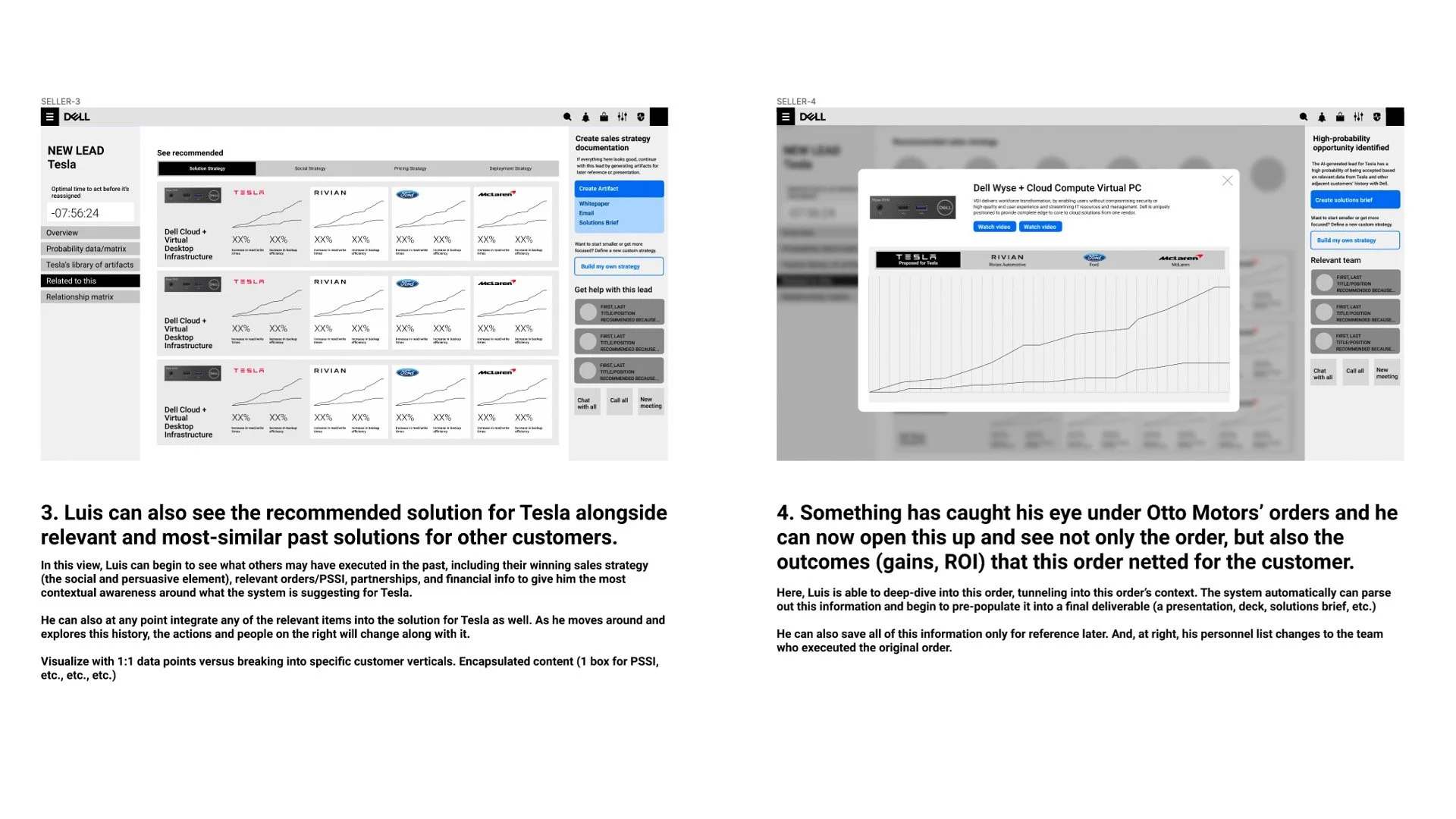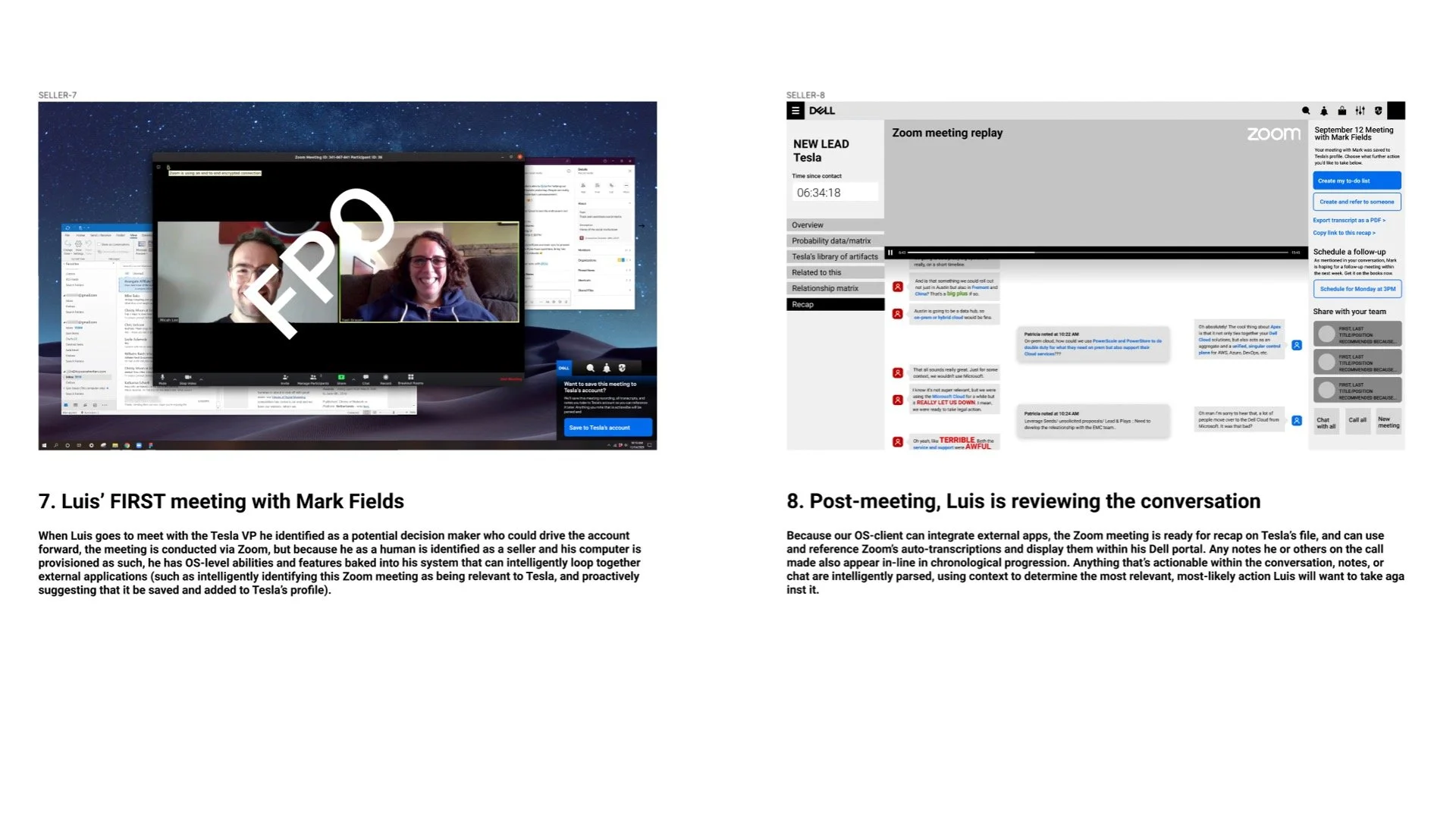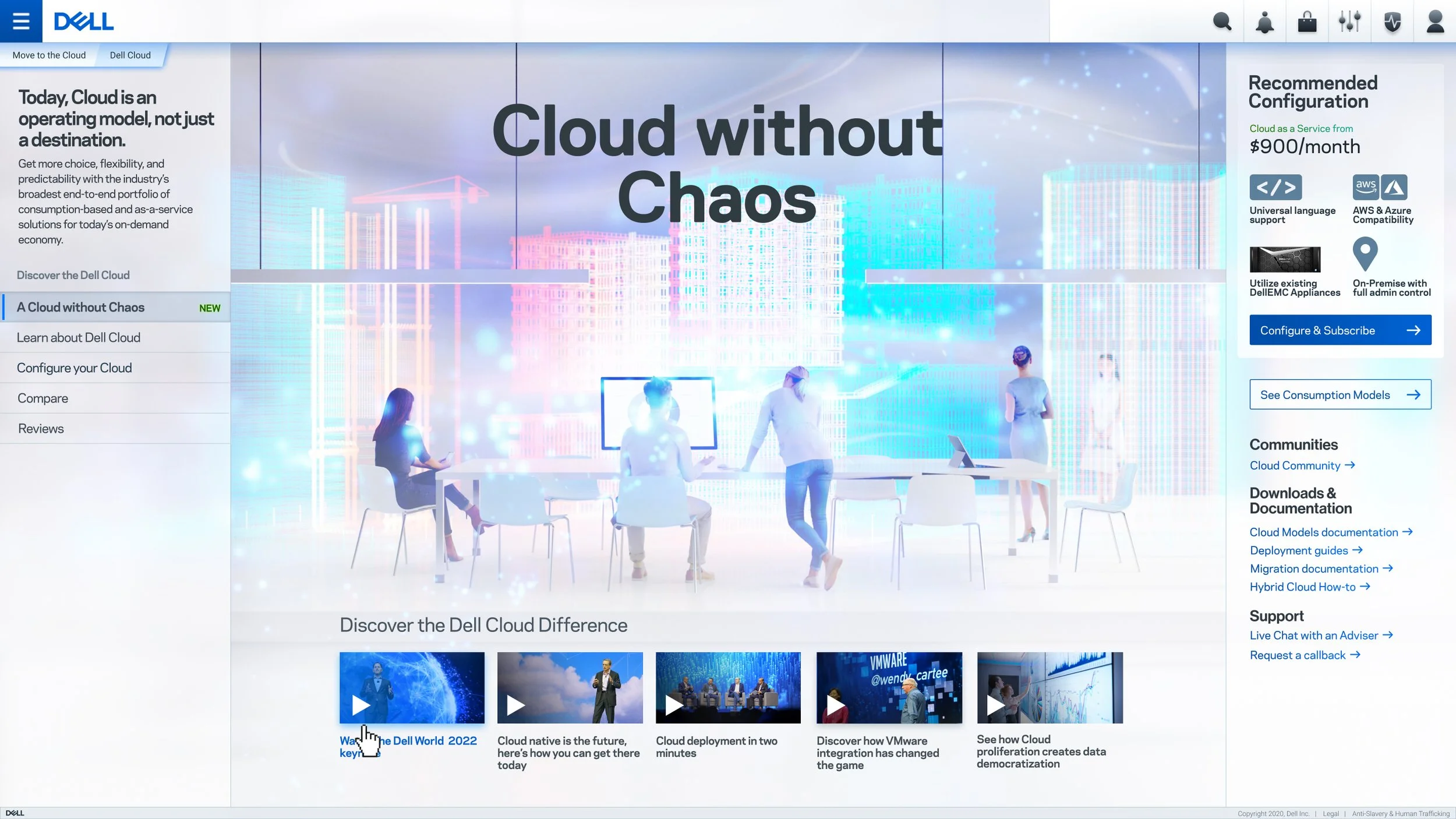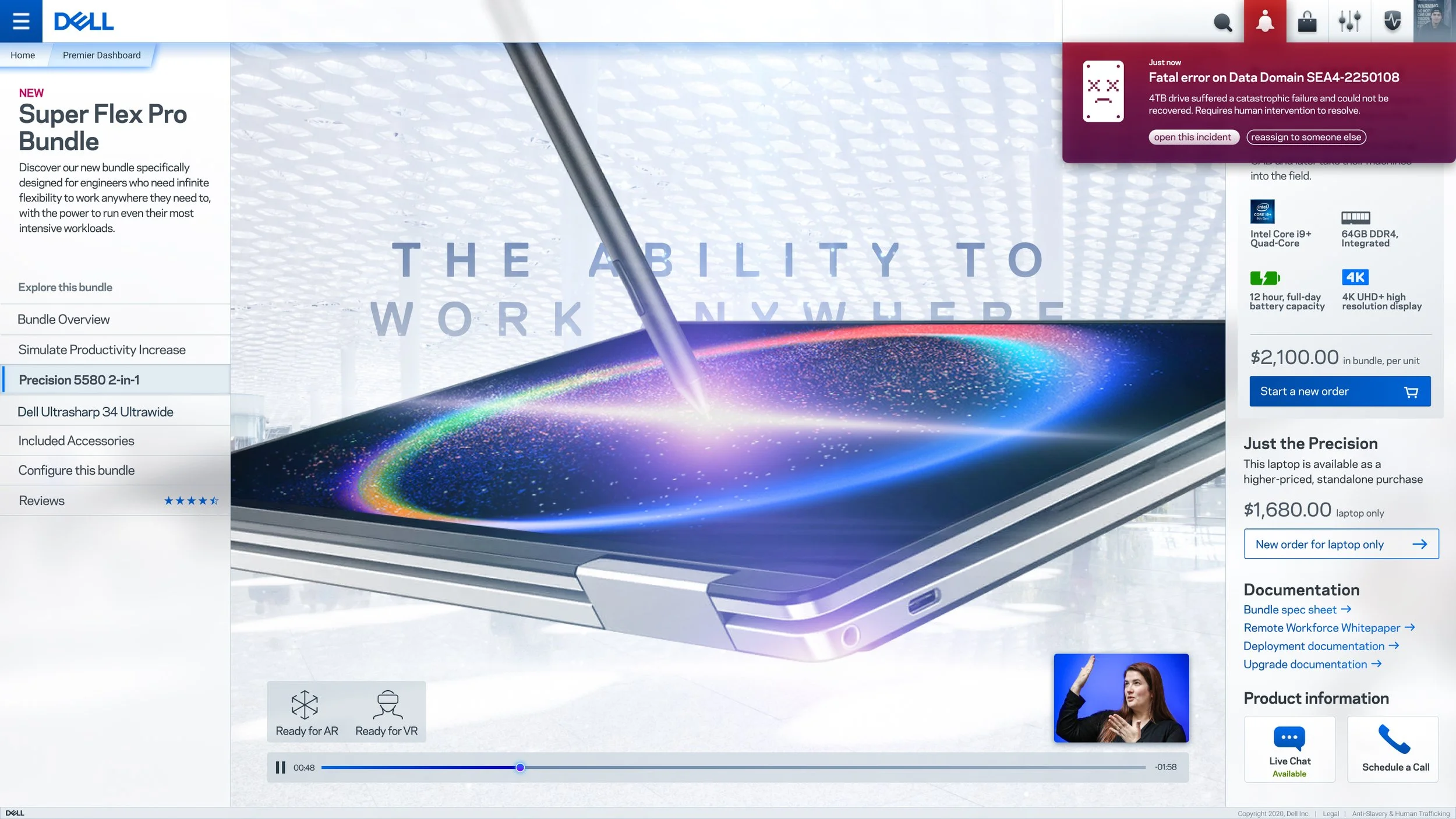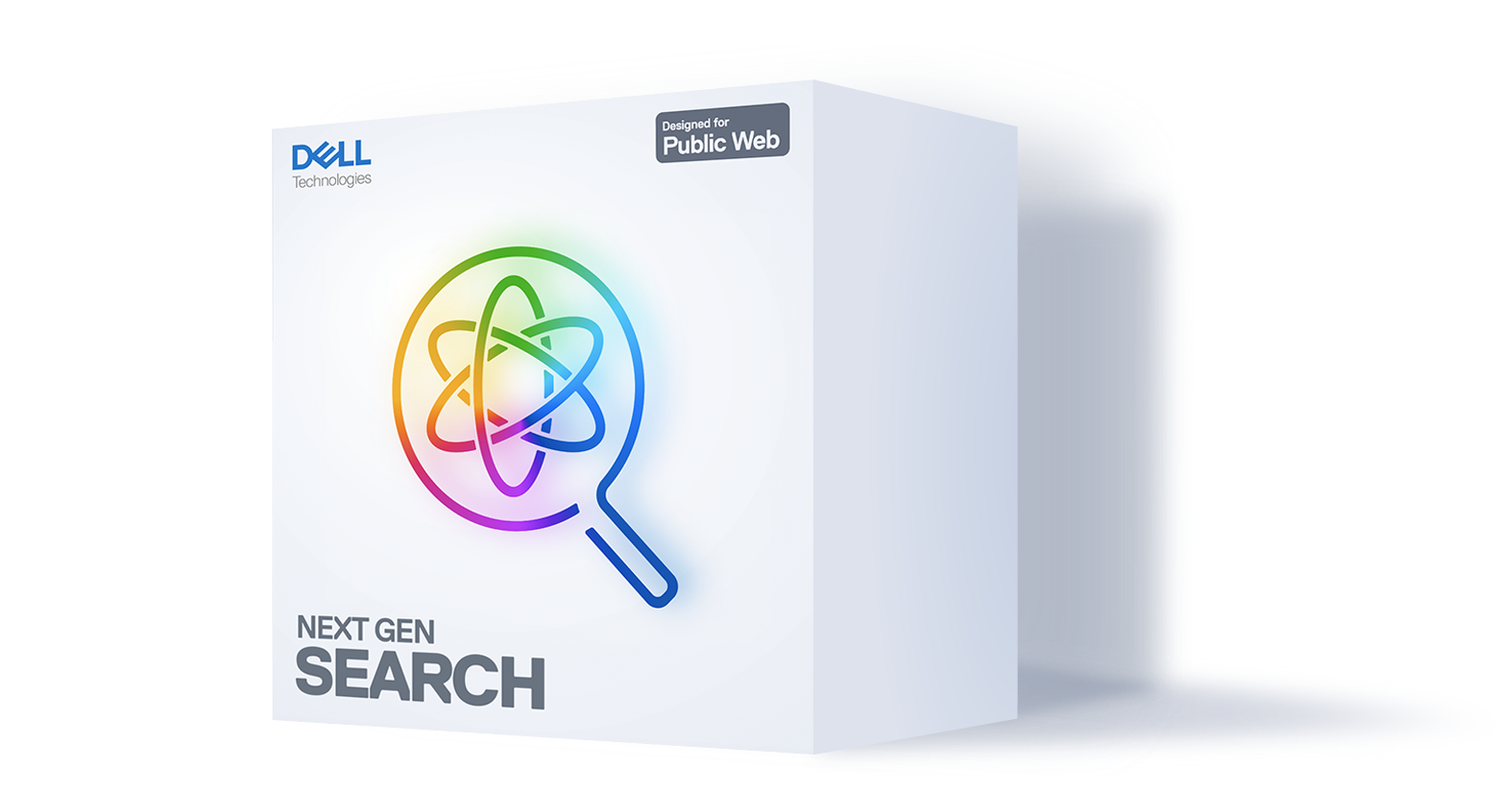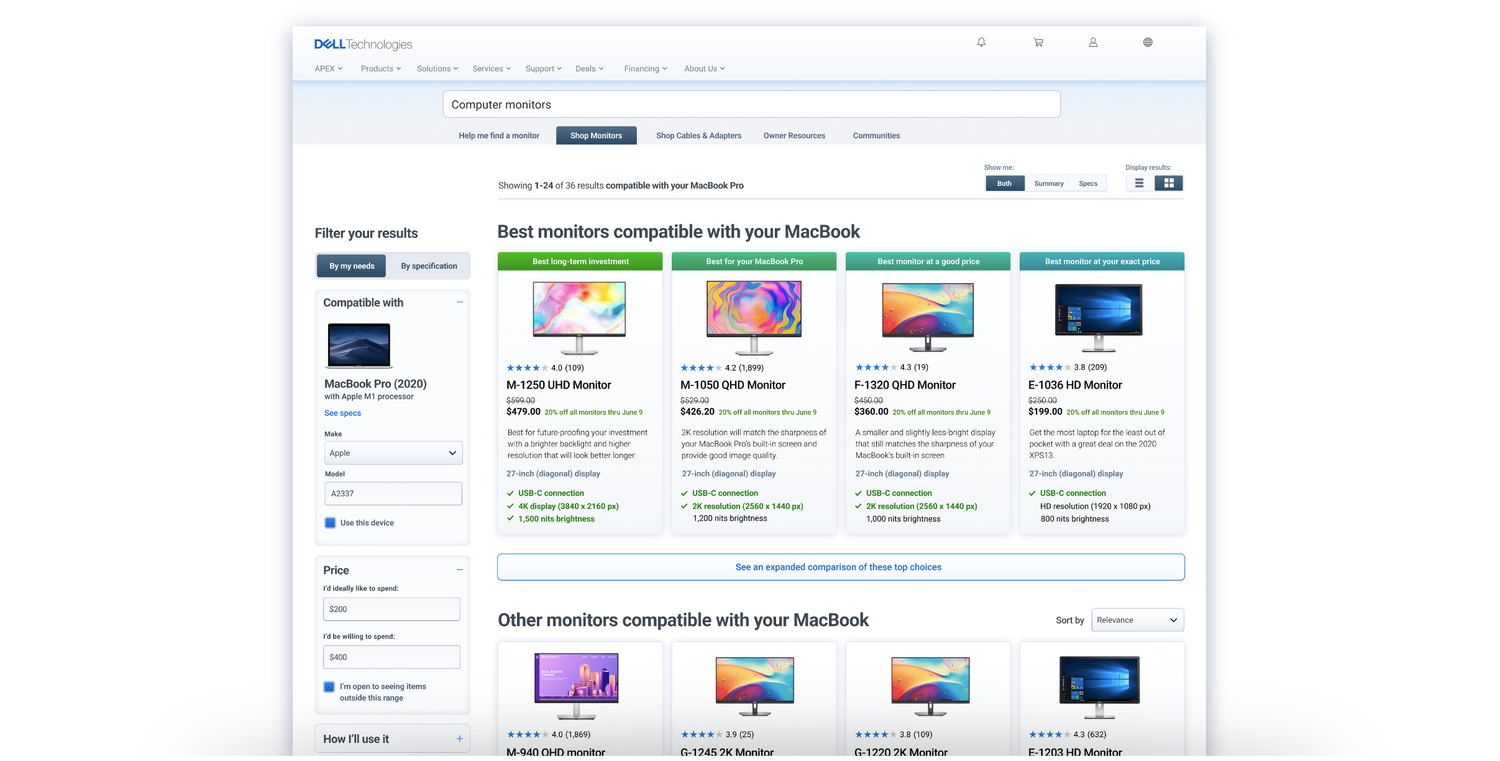Josh Lee James
Digital Product Strategist | Human Experience Evangelist
The official launch video for Dell’s Unified Customer Experience program
The Unified Customer Experience Vision and Strategy is nothing less than the singular vision for the next 3-5 years of Dell’s online digital ecosystem, setting a vision to bring to life a cutting-edge, industry leading online ecosystem for our customers.
The Unified Customer Experience Vision and Strategy began in 2019 with Project Eco—an executive directive to come up with a bold new strategy for the future of Dell’s digital ecosystem.
I’d highly recommend you Check that out here if you haven’t already looked through it as it’ll show you our earliest ideas that were evolved upon within this Unified Customer Experience project. You’ll find a lot more of the underlying experience platform strategy there.
Driven by data, engines, and intelligence
Building upon what we had developed for Eco, we visualized a much cleaner process flow for how we imagined our engines (see below) to respond to EACH INDIVIDUAL ACTION that a customer takes on the site.
This is the strategy for how Dell would need to build its next-generation digital architecture to support the features and hyper-personalized customer experience that we envisioned. This went far beyond just a CMS and design language components. From the ground up, we designed a strategy that was based around total flexibility and was powered by engines and micro-services that allowed us to create an experience driven purely by data and data relationships.
The Profile Engine:
It all starts, and ends, with the Human. Beyond the usual account info, we intelligently use multiple additional 3P data to understand the Ecosystem of every Human. GeoLocation, performance, competitors, average income, hobbies…All part of which make us each unique.
The Intent Engine:
By not just using data sources, but cross-referencing them to one another, we can begin predict desired intent. Knowing the Human’s intent against specific objects and where they are in their journey allows us to dynamically deliver optimized content and services to them at the right time in the right place of their journey.
The Business Outcome Engine:
Business lines can now input their desired business outcomes and the system dynamically delivers content and tasks where it will have the greatest value to the human, thus meeting KPIs. It becomes a personally targeted, curated, personalized system delivering the most relevant content possible.
The Relevancy Engine:
Using all of the data and insights thus far, the system can determine the relevancy of the data to the Human’s desired outcome. With this, the system can the identify and deliver the optimized content.
The UI Engine
The Design Language System will begin to optimize the ideal manner in which to display all the relevant content. Utilizing an intelligent digital experience, the entire E2E user experience is always consistent.
The Automated Testing Engine
And finally—maybe most importantly—was the final engine, the Automated Testing Engine. This last engine would be deployed with the experience itself and monitor and generate insights in real time about the success of the customer experience. Were we putting the right content in front of the right people at the right time in the right format? Had we accurately identified their task at hand and desired outcome? If we had, then rock on. If not, what did the system’s artificial intelligence and machine learning think we needed to change, and what could it handle and do on its own to make those changes?
Using human context to drive the entire experience
The entire UCX vision and strategy is based around a deep understanding of each individual human customer which goes beyond simple location, language, and authentication and permissions. All of those are part of the human context, but for the UCX vision and strategy (again, much like Eco) it was imperative that we understand to a blistering degree, what kind of person each customer is, what they respond to, what role they are playing in that moment, and how best to tailor each individual piece of content that they interact with to them at every given moment.
That can then also begin to drive context around permissions, UI, and the specific attributes that customers care about (everything from whether a customer prefers simple language to very technical language or if they are a public customer versus being one of our partner program members).
The single, universal page template
Every vision mock that you’ll see in the vision journeys below was built upon a single page template. We called this the Universal Page Template and it was designed to be a middle ground between your favorite apps (or for our power users, their favorite dashboards) and a website. Because we were designing this entire experience to support everything from current-gen web-browser-based websites to next-gen meta/hybrid/crossover experiences, our template needed to be able to flex and scale and support all the different mental models that come along with various and flexible digital experience platforms.
The page template was made up of four general zones. At the top was our masthead and status bar, which was slim and designed to give the human their persistent “escape hatch” (the Dell logo), on the left was our persistent navigation (more on that below), in the center was our sandbox: a space designed to allow the human to unpack and explore the object they were viewing at that given moment, and on the right a persistent actions pane.
Persistent Navigation
The persistent navigation is a nav structure designed to support a range of mental, taxonomy, and ontology models as well as a multi-facetted, highly complex (deep) navigational hierarchy and taxonomy.
Now, what do we mean by a range of mental models? Well, today Dell has a very traditional and very rigid navigational taxonomy that at L1 starts with “Products, Solutions, Services, etc., etc., etc.” and goes down into things like “Laptops, Desktops, Monitors, Accessories, etc.”
But tomorrow, we imagine a human-centered, task-based system in which your L1 nav might start with the premise of “Today I want to…” which might be followed by “Find the best technology for my gaming rig” and “Get a new laptop for my son for school”. In either case, our navigational construct can handle the different and potential ways that our customers may want to orient and organize their Dell digital experience.
In the example (divorced from real Dell content), we show someone looking for things to in a place. They narrow it down to California, then by colloquial region until they’ve gotten to Santa Monica and their navigation contains all the things they may want to do in Santa Monica (in the I want to…) model.
The Sandbox
In the center of the page, they see the sandbox and given that they’ve selected a desire to shop on the Third Street Promenade, they now have a highly visual display of the object (the Promenade) and can begin to explore it and see it in detail and zoom in and tour in street view, etc., etc., etc.
Persistent Actions Pane
Finally, on the right we have the Persistent Actions Pane (click to the next slide above). This pane uses deep data relationships and AI to serve up an entirely contextual, changing-by-the-minute display of the most relevant actions that a user can take against whatever they are attending to in the sandbox. A primary action should be their most-likely next step, while secondary and tertiary actions allow them to see all their options.
The point of the Persistent Actions Pane is to have a hyper-personalized, rank-ordered list of the most important actions always in one place and always at the right time.
THE CREATION OF THE VISION JOURNEYS
In order to sell our vision, we
The vision screens below are for concept conversation only and aren’t meant to express final UI or visual style; simply to illustrate in real context the ways that the UCX Vision and Strategy can create a drastically different and hyper-personalized experience for our customers. You’ll also notice that we used UCX to stress test and begin to explore and validate some of the ideas that our same Concept Car team had come up with in our Vision Light look and feel direction for Dell’s Design Language System.
Every journey began with a story
In order to show exactly how UCX would transform the way our customers and employees are able to complete their tasks, we worked with almost every digital product team from across Dell to understand how their users use their products today and what obstacles and roadblocks we could eliminate with our next-generation UCX engines and anticipatory task-based AI.
In most of the journeys we explored, the biggest time spend in the flow is the manual work that our human users have to do in order to complete their tasks. For example, a consumer shopping for a PC will manually have to scan and parse out specs and compatibility on a product page. A seller often has to to manually create assets like product solution briefs in PowerPoint and manually search for data and human contacts on LinkedIn.
UCX and it’s engines driven by AI was able to overcome and virtually eliminate because the manual work that our human users were doing was already done for them by the platform’s intelligence—creating and understanding data relationships on the fly and rendering out pages and assets that put exactly the right information in front of exactly the right people at exactly the right time. Every time.
Before being translated into high fidelity real form
Once we were sure we had the right story and had understood everything that needed to happen for our human within that flow and how our AI solutions needed to anticipate customer needs, we translated it into a high-fidelity concept mock that was then turned into a clickable prototype for executive presentation that demonstrated how UCX, the single page template, and the same AI could revolutionize our digital ecosystem across the board.
THE FINAL JOURNEYS
The Consumer Journey
The consumer journey is all about giving a customer looking for a new laptop the best and most frictionless experience, from initial discovery all the way through to the ownership experience. We begin with a customer landing on the homepage which has already been lightly curated for them. We’ve been able to mine from 3P data that the customer was looking at HP Envy (a direct competitor to our XPS) and so we address that head on, by encouraging them to learn about how XPS is the superior choice.
As the customer progresses through their journey: learning about the XPS and building their ideal configuration, you can see the universal page template and the entirely immersive experience at work—removing all unnecessary noise and distraction and giving this customer the most visually engaging presentation, thereby allowing them to learn in a virtually “hands on” manner.
Once the customer has purchased their new XPS and created an account, they are then opened up to an entirely new My Account experience that is entirely oriented around their ownership experience. At the bottom of the screen they have Alerts and Notifications that are contextual and prioritized by AI in order of importance. And when our customer begins to act upon any of them, the entire experience shifts to support that immediate task at hand, the contextual actions pane on the right hand side ALWAYS serving up the best and most likely actions the customer will want to take next.
The Anonymous Lead Experience
Our internal and external sales associates are some of Dell’s most important assets as Dell’s biggest advantage in the B2B space is its human factor. One of the biggest challenges that our sellers face, however, is the manual and often complex process of being able to intercept customers who are in the process of configuring product—and when a customer is configuring a product that could itself be a $2M order, you can be sure we want that customer having a white glove experience.
With UCX, however, that entire problem is solved because our sellers and customers will all be interacting on the same underlying platform. So when the site sees a customer beginning to configure any of our enterprise or industry grade product, it can immediately notify the best equipped seller (determined by the seller’s history and expertise) and allow the seller to watch the customer activity in real time and seamlessly intercept that potential opportunity via chat message to the customer’s site experience to offer any help, knowledge, or guidance the customer may need.
The seller’s experience as shown above not only allows them to see everything we know about this customer (down to location, hyper-specific market demographics and probability calculations) but also begin to take actions (from the persistent actions pane) such as brushing up their knowledge on the product the customer is building or reach out to product SMEs. The entire time, the engines and AI are watching both the seller and the customer to ensure each is having the optimal experience and always stepping in where it believes it can add value.
The Premier Experience
This experience is our vision for what is currently known as Dell Premier, a special online store and management platform for our business and enterprise customers. Premier allows our customers who manage large fleets for their businesses a customized experience separate from the public Dell.com.
In our vision for the application, we’re looking at a user flow for one of our customers (Seton hospitals). This is the journey in which our deep levels of AI which is capable of anticipating and calculating risk and reward for our customers stars.
Our Seton IT Admin has been looking for ways to improve productivity within his organization by way of newer and better computers. So, with our system knowing that he has this task at hand, our system has entirely on its own come up with a recommendation for him. In his AI-prioritized to-do list on his dashboard, he can see the recommendation that the AI has made for him.
Upon clicking on it and exploring further he’s presented with an embedded one-stop-detail-shop page for this new bundle. Not only can he see and explore the bundle but he can also see our anticipated return on his investment (upper left of the actions pane) where using actual data, we’re able to anticipate how much more productivity (and thereby revenue) he can see as a result of deploying this new solution.
As he progresses through this journey, he’s able to assign the recommendation to one of his staff members who can take over and lead the procurement initiative for these new systems. What you’re seeing throughout this flow is a drastic reduction in manual human work thanks to the anticipatory AI that’s serving up the most pertinent information, actions, data, and content and exactly the right moment to each individual human working on this task.
The Cloud Compute Journey
This journey is similar to our consumer journey above bur shows how the same platform and the same experience architecture can serve SaaS and Op-Ex as it can consumer product and Cap-Ex purchases.
Once our customer has configured their cloud compute services, the system automatically generates the services, contracts, and deploys what the customer needs to get their cloud up and running. In addition, we see at the end of the flow their new Cloud management dashboard which allows them to manage and control every aspect of their cloud compute.
In the final two slides, we see that they have an alert that they have maxed out the number of licenses for their VM Cloud Foundation subscription. Upon clicking on the error, the administrator is able to immediately remedy the issue by upgrading their subscription as well as being able to learn about why this is happening, contacting SMEs, and a Dell specialist.
Yet another seamless, frictionless, and entirely automated experience for our customers!
System Admin Search Experience
The last two journeys that I’m showcasing here are the same search experience but for two totally different users. In this first example we have what search looks like for a system admin who manages a large scale Dell EMC data center with hundreds of racks and appliances.
Here we see the customer getting an alert that one of his 4TB drives has encountered a fatal error and can’t be recovered. He can of course solve the issue right from the contextual notification but he decides to search “4TB” instead.
Now, given that we know everything about him, his data center, and the products within it, his entire search experience is contextual to the matter at hand—the dead 4TB drive. The second slide is his predictive search fly out which already has the top hits that we think he’s interested in.
But he decides to proceed to see all his results anyway. At which point he’s taken to our full search experience which gives him full context and all the most relevant content to him. He can see all the details and context of the fatal error right up top as well as ways to solve it—but our anticipatory AI has also determined that rather than replace his 4GB drive with a new one, he should actually replace it with an 8GB drive in anticipation of the growth his company is going through. And much like for our Premier customer, he can see the real world anticipated outcomes for his business that he can expect by upgrading to an all-8GB drive-setup as his older 4TB drives are phased out.
Beyond that, however, he can also see all the other relevant results for “4TB” from his ecosystem and all of his most recent activity; and he can further refine and recategorize this data using his nav and filters at the left as well.
The Consumer Search Experience
This consumer is about to enter the same experience and with the same keyword (4TB) that we just saw our Premier customer use, and her experience will follow the same principles and anticipatory thinking, but hers is going to be very different given that she’s your average consumer.
She’s initially made aware that her current laptop doesn’t have enough storage onboard to store her most recent vacation photos. So she goes to Dell to search for the same “4TB”.
Right away it’s clear that the experience is the same, the layout is the same, and all of our engines and AI are responding in the same way. But this customer is being served up different modules and content.
In addition to the options to solve her immediate need, we also thought it was odd that a consumer is looking for something with 4 terabytes of capacity so we’re providing a module that gives context to what 4TB really means for her knowledge and understanding.
But back to her top three solutions there. Our AI has identified the best options and given her three different product offering solutions to solve her need for more storage space. She can buy cloud storage, buy a new hard drive for her aging laptop, or buy a whole new laptop that is actually going to be better for her.
Now because our AI knows her, her existing laptop, and her needs so well, it’s actually recommending to her that she purchase a new laptop and it’s giving her the context of why we believe this is the best option for her. It’s not just the storage, its the drastic improvement to her quality of life that a new computer can offer to her—a much more travel friendly laptop that’s lighter weight, TSA certified, and a great long-term investment for her and her lifestyle.
So that’s UCX in a nutshell. What happened next?
Well once we wrapped up the UCX Vision and Strategy, our executives went wild and gave us the directive of bringing it to life. So our Product Director Ripa Patel and I got to work.
I was given the role of Principal Design and Product Strategist on Unified Search to realize a next-Gen site search application for Dell’s online ecosystem (that can later be adopted by other platforms and products as we get closer to realizing the entirety of UCX) and have been there ever since. You can find that work here!
CLIENT: Dell Technologies
ROLE: Co-Lead Product Designer and Strategist
YEAR: 2020





